
About Scotland’s Rainforest
Scotland’s rainforest is one of our most precious habitats
It’s a coastal temperate rainforest - as important as tropical rainforest - but even rarer.
What is Scotland’s rainforest?
Scotland’s rainforest comprises the semi-natural woodlands of Scotland’s west coast.
Here, high rainfall, relatively mild temperatures and clean air provide the perfect conditions for mosses, liverworts and lichens to thrive. The sheer abundance, diversity and rarity of the species found in Scotland’s rainforest make this unique habitat internationally important. In fact, we have the best remaining sites in all of Europe.
The mosses, liverworts and lichens help to maintain the levels of humidity they need to survive – and they also give the rainforest a unique and magical feel.
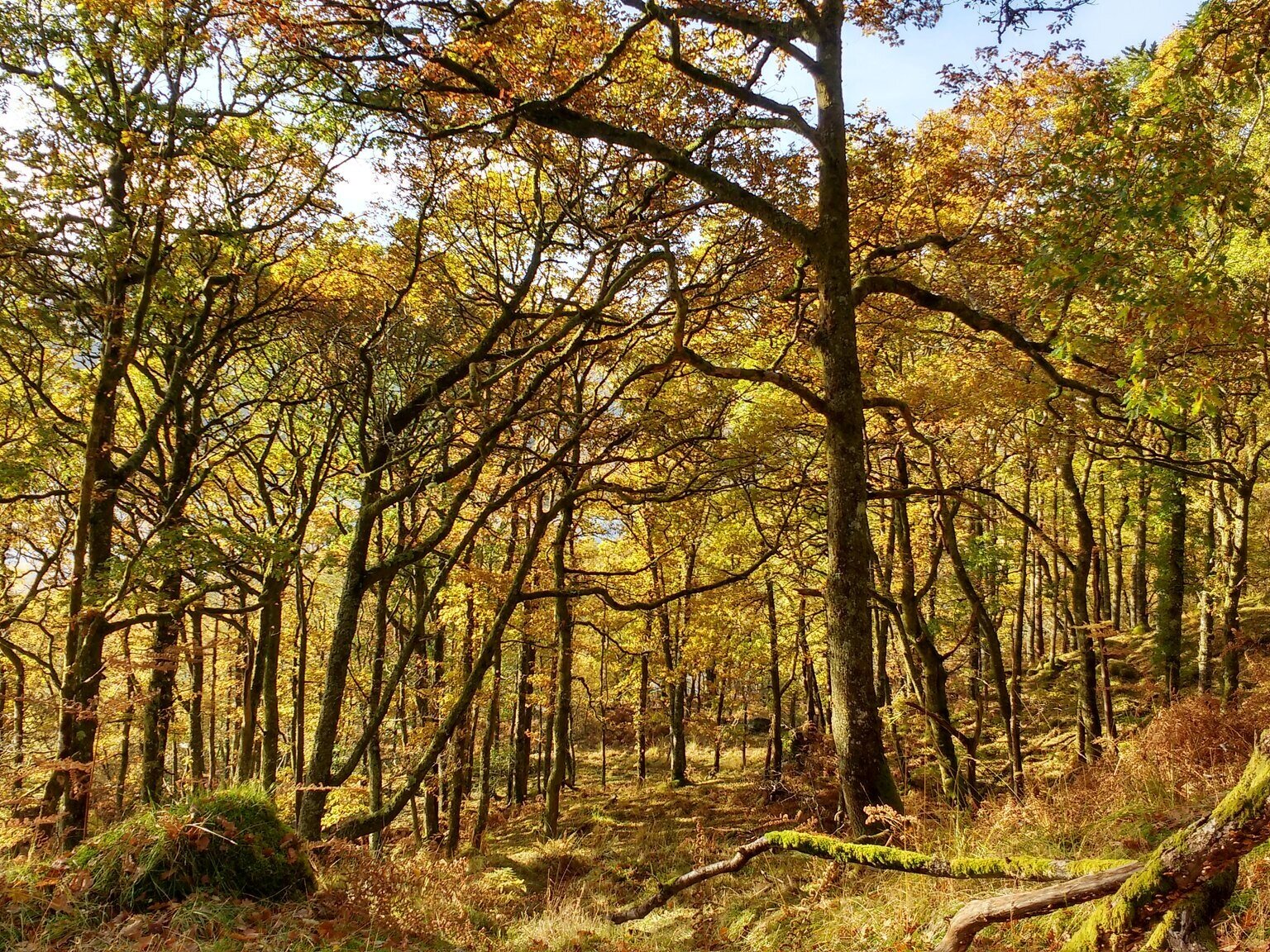
The largest and best areas of intact rainforest in Europe are found in Scotland - we have massive potential to expand this globally rare habitat. Credit Andy Robinson
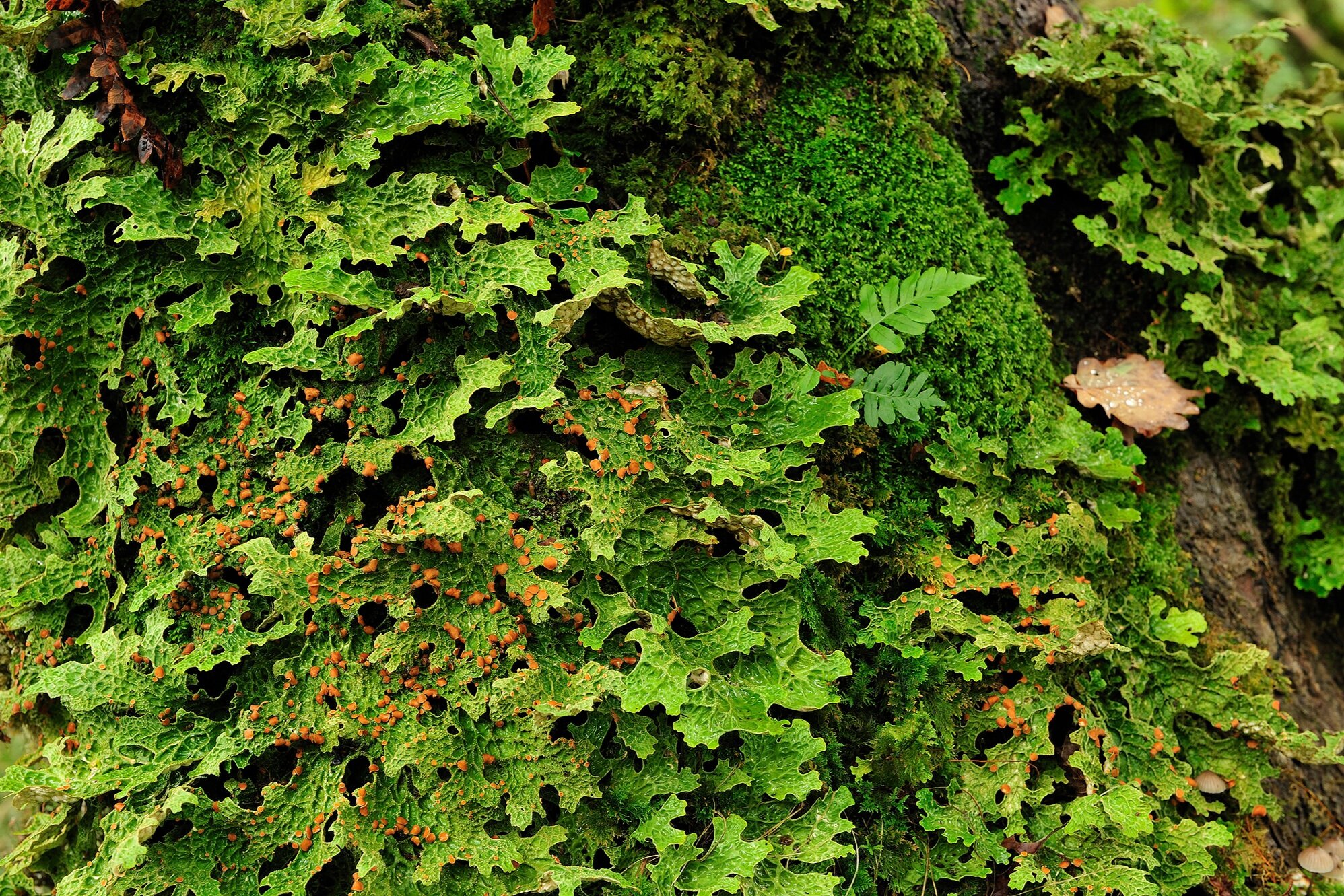
Britain hosts 2000 species of lichen (40% of Europe’s lichen flora). This Lobaria pulmonaria (tree lungwort) can only be found in the rainforest. Credit Lorne Gill / NatureScot.
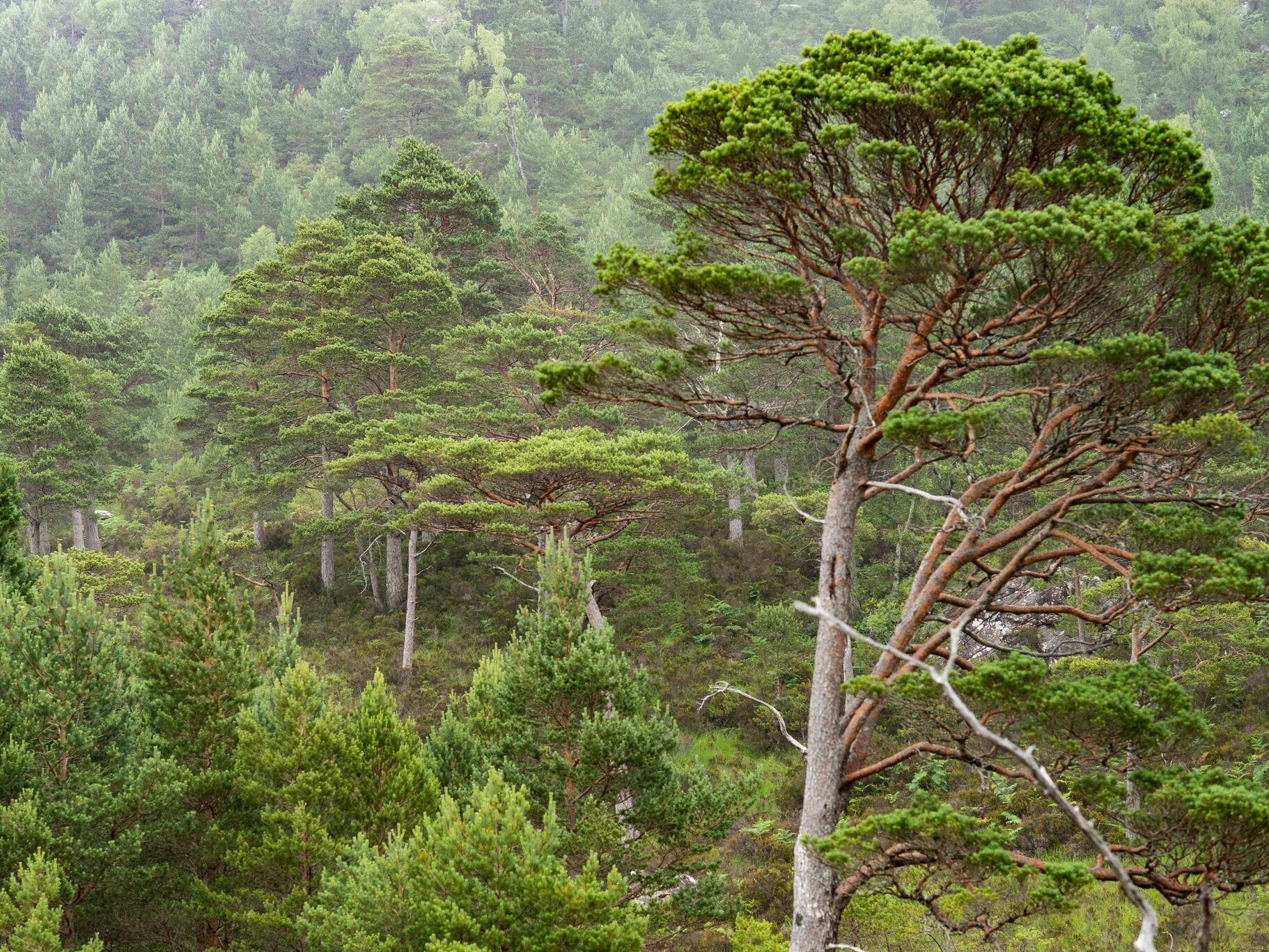
Only 3% of Scotland's rainforest is native pinewood. Credit Phil Formby / WTML

This lichen Pseudocyphellaria norvegica (Norwegian Specklebelly) is found at more sites in Scotland than in Norway! Credit Andy Acton
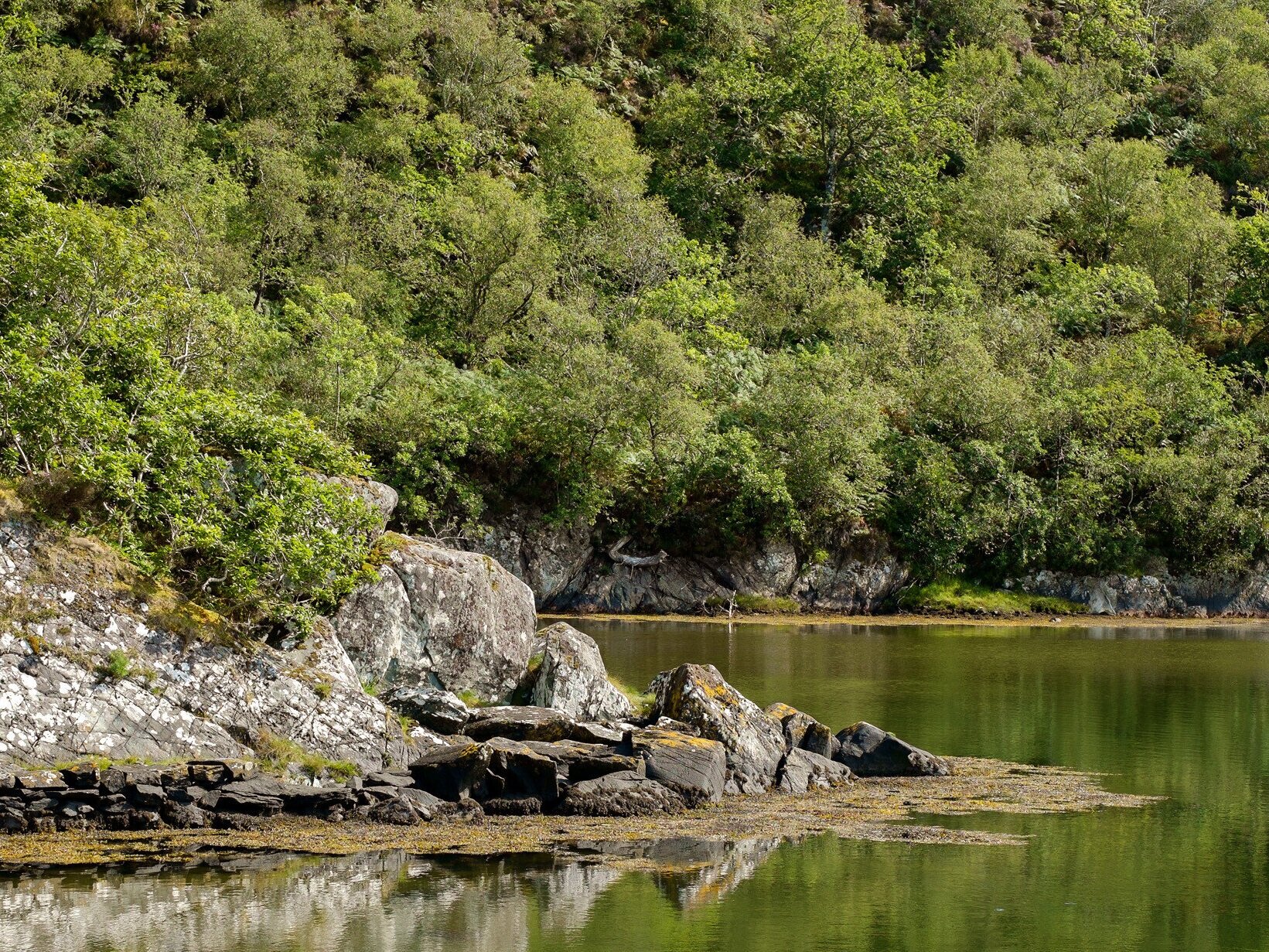
The climatic conditions required to form rainforests like this one in Argyll, occurs over less than 1% of the planet. Credit Stan Phillips

Britain is home to more than 1000 species of bryophytes (mosses and liverworts). This is Zygodon conoideus. Credit Stan Phillips.

Hazelwood is Scotland’s oldest rainforest – a remnant of the vast wood that colonised the west coast of Scotland nearly 10,000 years ago. Credit Robert Read/WTML
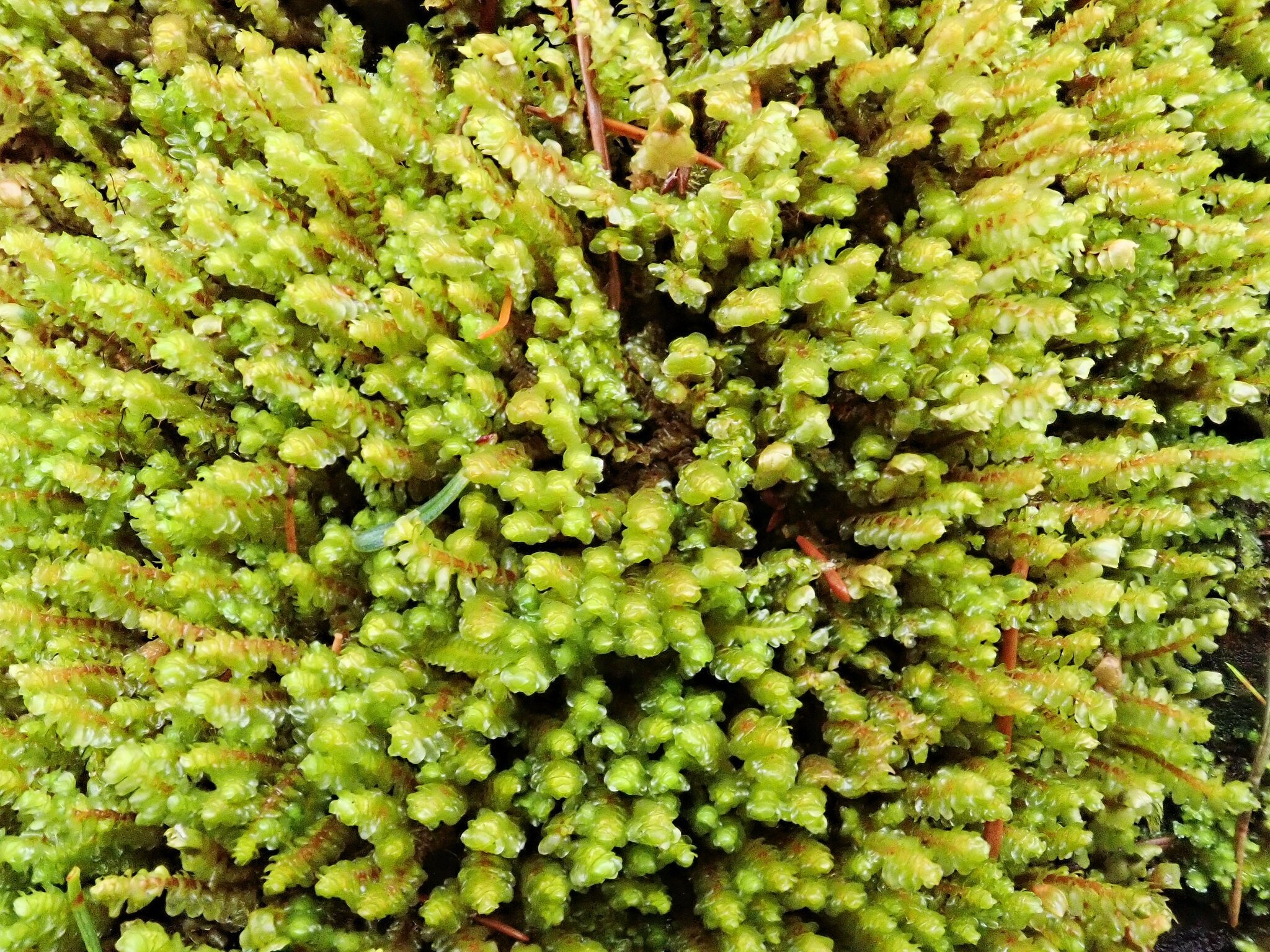
The occurance of Scapania gracilis (Western Earwort) has declined in Europe but it is thriving in Scotland’s rainforest. Credit Gordon Rothero.

Some of Scotland's healthiest rainforests contain 200 species of bryophytes – making them among the richest in Europe. Credit Peter Cairns/scotlandbigpicture.com
Where is Scotland’s rainforest?
Temperate rainforest can only be found where there is a high level of rainfall, year-round mild temperatures and clean air. This is a rare habitat as these climates cover less than 1% of the planet.
In Europe, you can find temperate rainforest on the Atlantic coastlines of Britain, Ireland and Norway, France and Spain - but the best rainforest habitat in all of Europe is found right here in Scotland.
Scotland’s rainforest occurs along its west coast, and in the rest of the UK you’ll also find this habitat in the Lake District, north Wales and south-west England.
How much rainforest exists in Scotland?
Only around 30,000 hectares are left - an area slightly bigger than Edinburgh.
Whilst there is approximately 93,000 hectares of semi-natural woodland in Scotland’s rainforest zone, less than one third contains rainforest biodiversity. Ancient or old growth woodlands are the best sites and should be the priority for protection, expansion and management.

Scotland’s rainforest is in trouble.
Only 30,000 hectares remain – and these remnants face a multitude of threats
What threatens Scotland’s rainforest?
Scotland’s rainforest suffers from two significant threats - overgrazing and invasive non native species, particularly Rhododendron ponticum.
More than 40% of rainforest sites have levels of grazing that are so high, it is limiting their long-term survival. Around 80% of the impact is from deer.
40% of Scotland’s rainforest is being choked by Rhododendron ponticum. The shrub colonises woodland fast, out-competes native trees and shades out rare flora, resulting in significant biodiversity loss.
But it doesn’t stop there.
One fifth (21%) of Scotland’s rainforests are ancient woodland sites that have been planted with exotic conifers, known as plantations on ancient woodland sites (PAWS).
Pests and diseases are a risk to all woodland but ash dieback in particular threatens our northern and western-most ash woods - an important habitat for rainforest epiphytes called cyanolichens.
Climate change is predicted to shrink the climatic zone that rainforest requires along its eastern edge
Air pollution (nitrogen deposition) could decimate the rare lichens and bryophytes that are highly sensitive to environmental conditions.
The remnant oak, birch, ash, native pine and hazel woodlands that cling on in Scotland are small, fragmented and isolated from each other. They offer smaller reservoirs for wildlife and are less resilient to change.

Over 40% of rainforest sites have levels of grazing that are so high, it is limiting their long-term survival. Credit John MacPherson / WTML.

21% of Scotland’s rainforests are ancient woodland sites that have been planted with exotic conifers. Credit John MacPherson / WTML
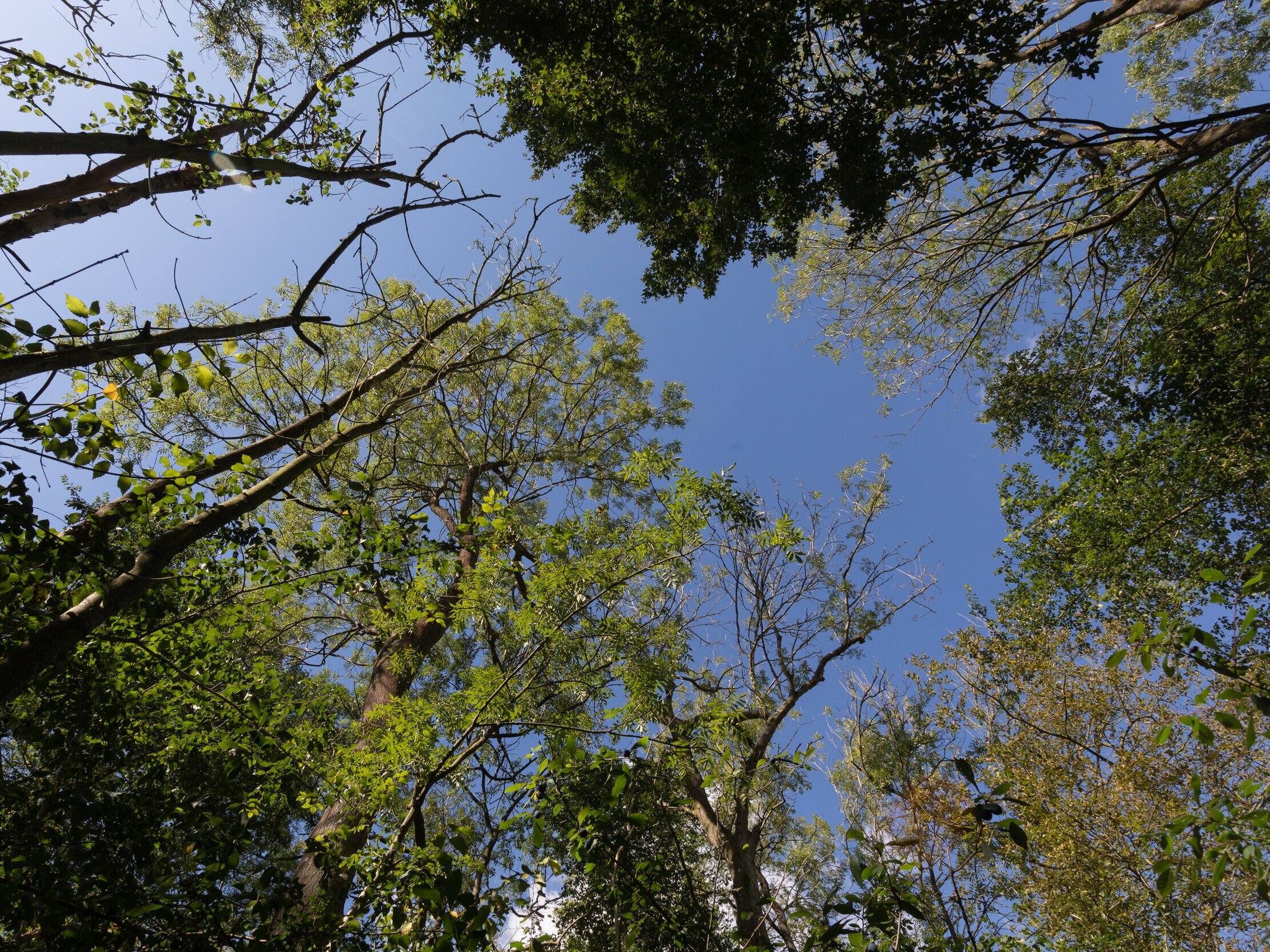
Ash is an important host tree for epiphytes. Where ash dieback takes hold, the rainforest must be protected to allow other native species to replace it. Credit Edward Parker / WTML
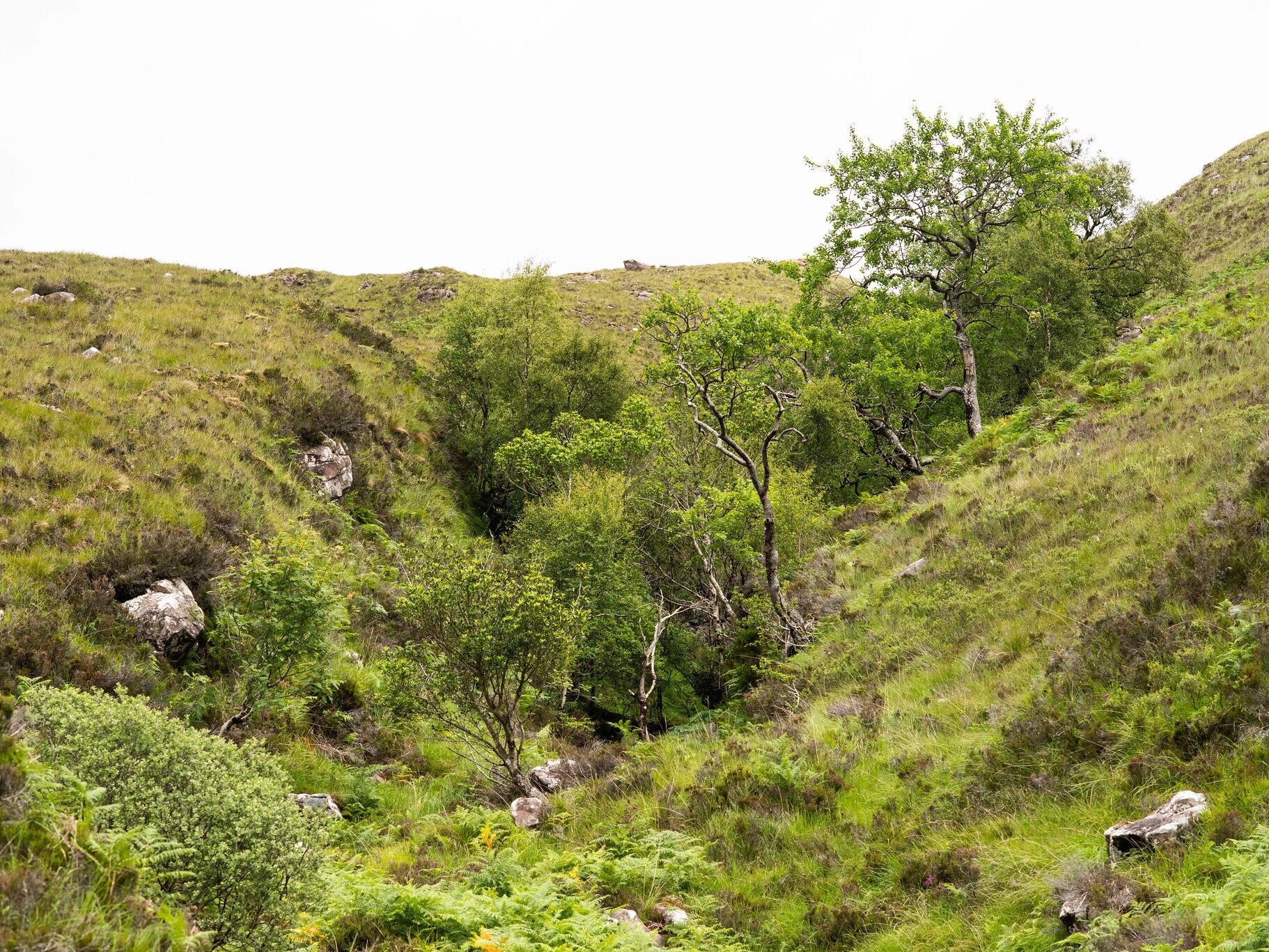
Fragmentation - rainforest remnants are small, with a median size of only 25 hectares. Credit Phil Formby/WTML.
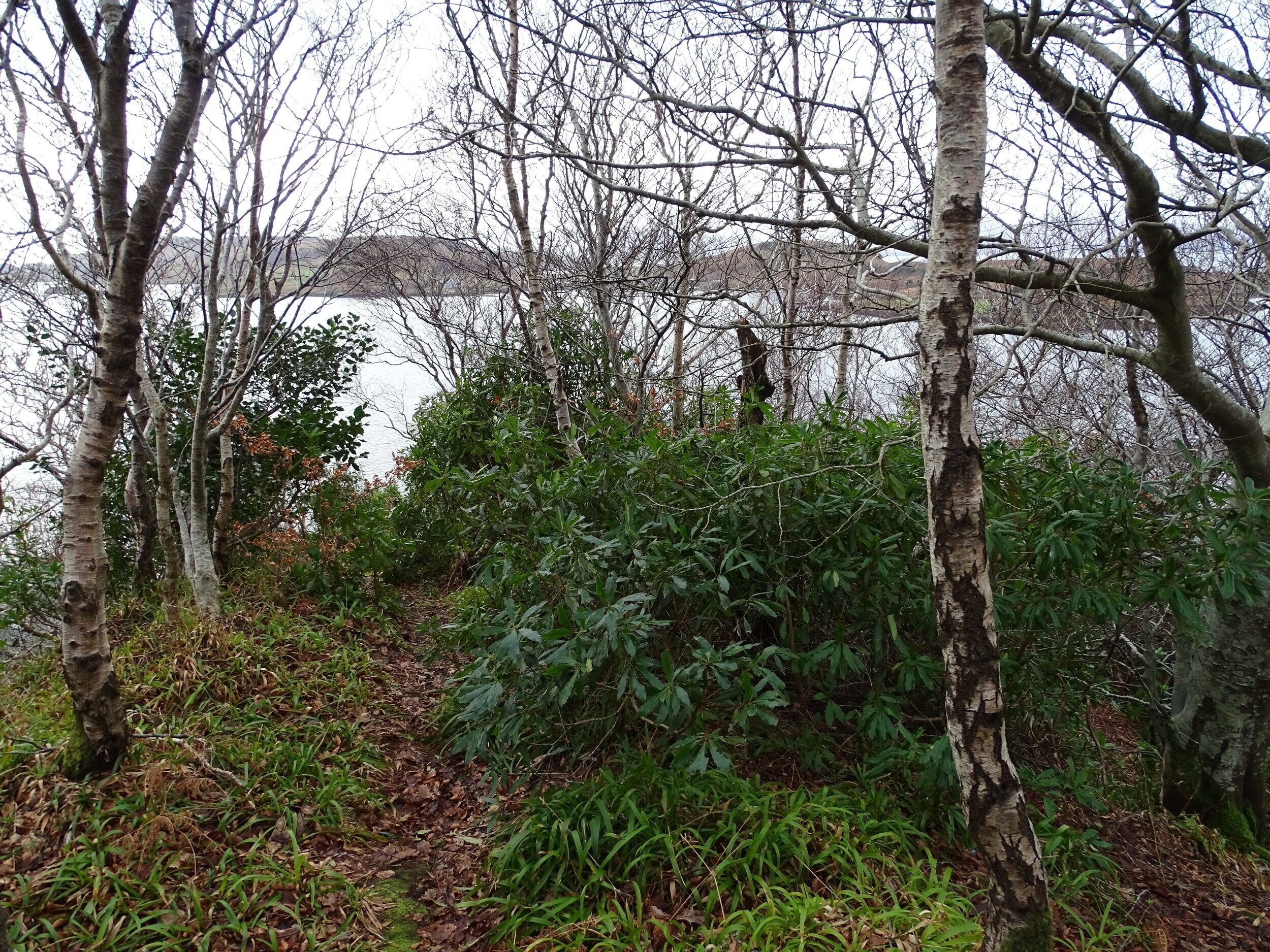
40% of Scotland’s rainforest sites are infested with Rododendron ponticum. It out-competes native trees and shades out rare flora, resulting in significant biodiversity loss. Credit Ross Watson / WTML.
Why save Scotland’s rainforest?
Scotland’s rainforest isn’t just important for biodiversity.
It’s an important place for the people that live and work on the west coast of Scotland. Its management provides jobs; its canopy provides cover for livestock. Communities use it for exercise, health and well-being. It’s a natural classroom for school children; a meeting place for groups and volunteers; a destination for tourists. Scotland’s rainforest can contribute to the green recovery.
It can also help us combat the climate emergency and biodiversity crisis. Its rare and fragile ecosystem is a so-called “nature-based solution” as it locks up carbon permanently and prevents flooding and soil erosion, while providing a vital home for a globally significant assemblage of species, some of which occur nowhere else.
Scotland owes it to the world and its people to look after our rainforest. Restoring and expanding this unique habitat will provide jobs, protect the environment and allow people to enjoy the magic of the rainforest for generations to come.

Scotland’s rainforest is home the rare Chequered Skipper butterfly. It favours damp grassland next to open broadleaved woodland. Credit Tim Melling / Butterfly Conservation Scotland.
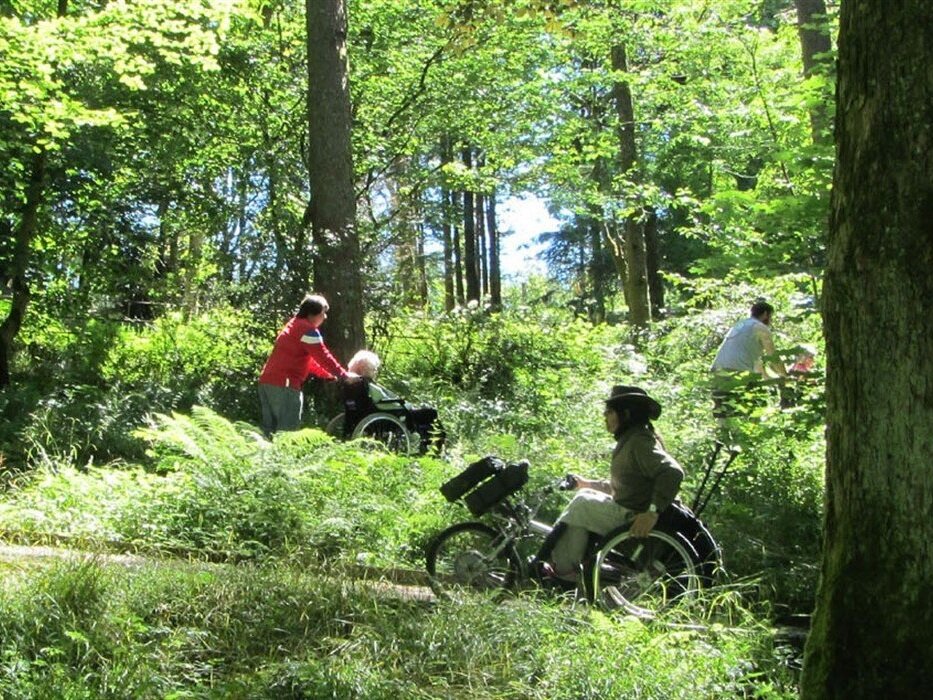
Scotland's rainforest offers multiple opportunities for exercise, health and well-being. Credit Branching Out Argyll.

An area of rainforest at Knapdale, Argyll was chosen as a trial site to reintroduce beavers in 2009 - the first successful reintroduction of a native mammal to the UK. Beavers are now recognised as a European Protected Species and are naturally expanding their range in Scotland. Credit Peter Cairns/scotlandbigpicture.com
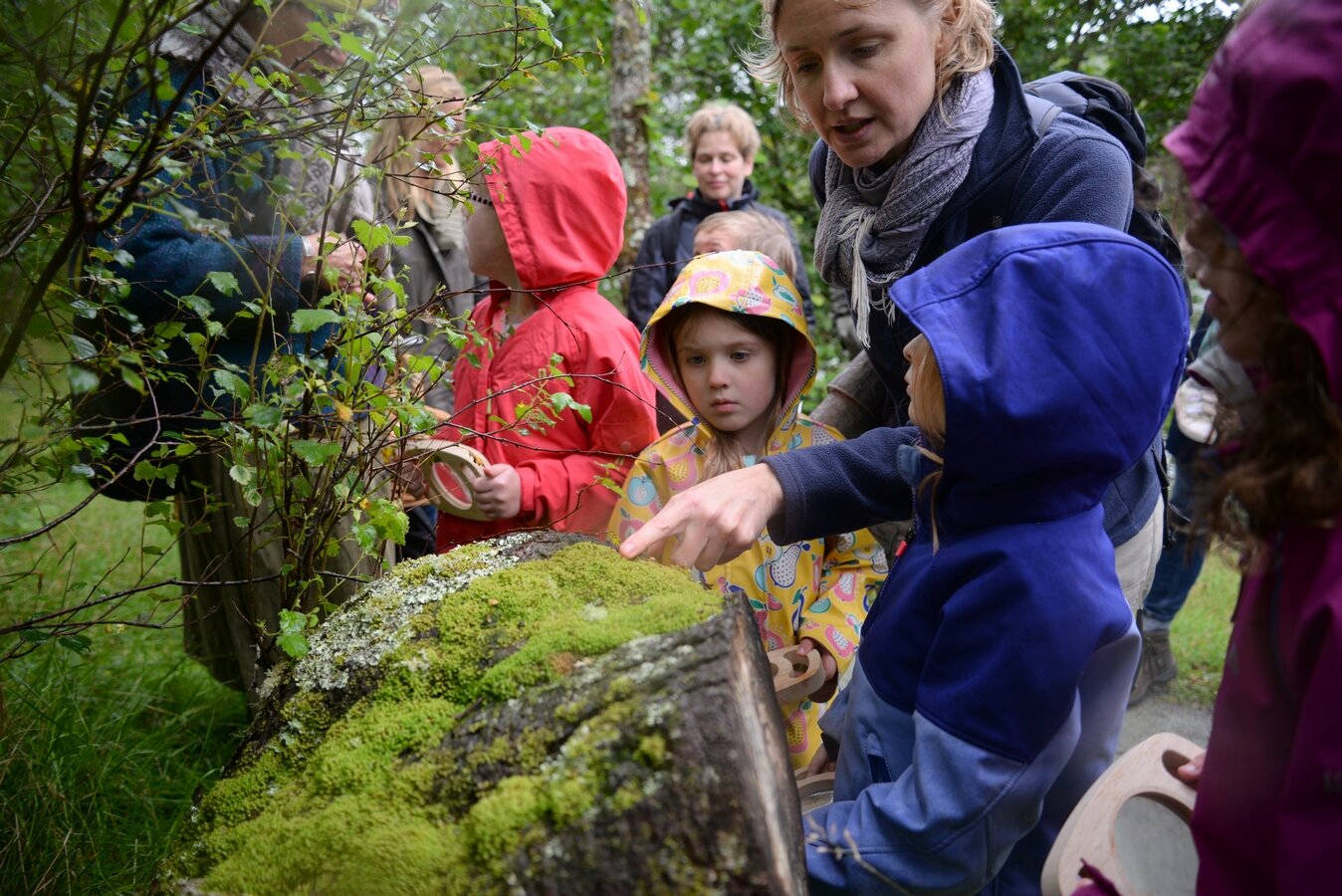
Scotland's rainforest is a natural classroom, a place to learn about nature and grow in confidence. Credit Bill Baillie / Plantlife

Pine martens are elusive but can be spotted during the day in pinewoods on the west coast. Credit Aileen Louden / WTML.
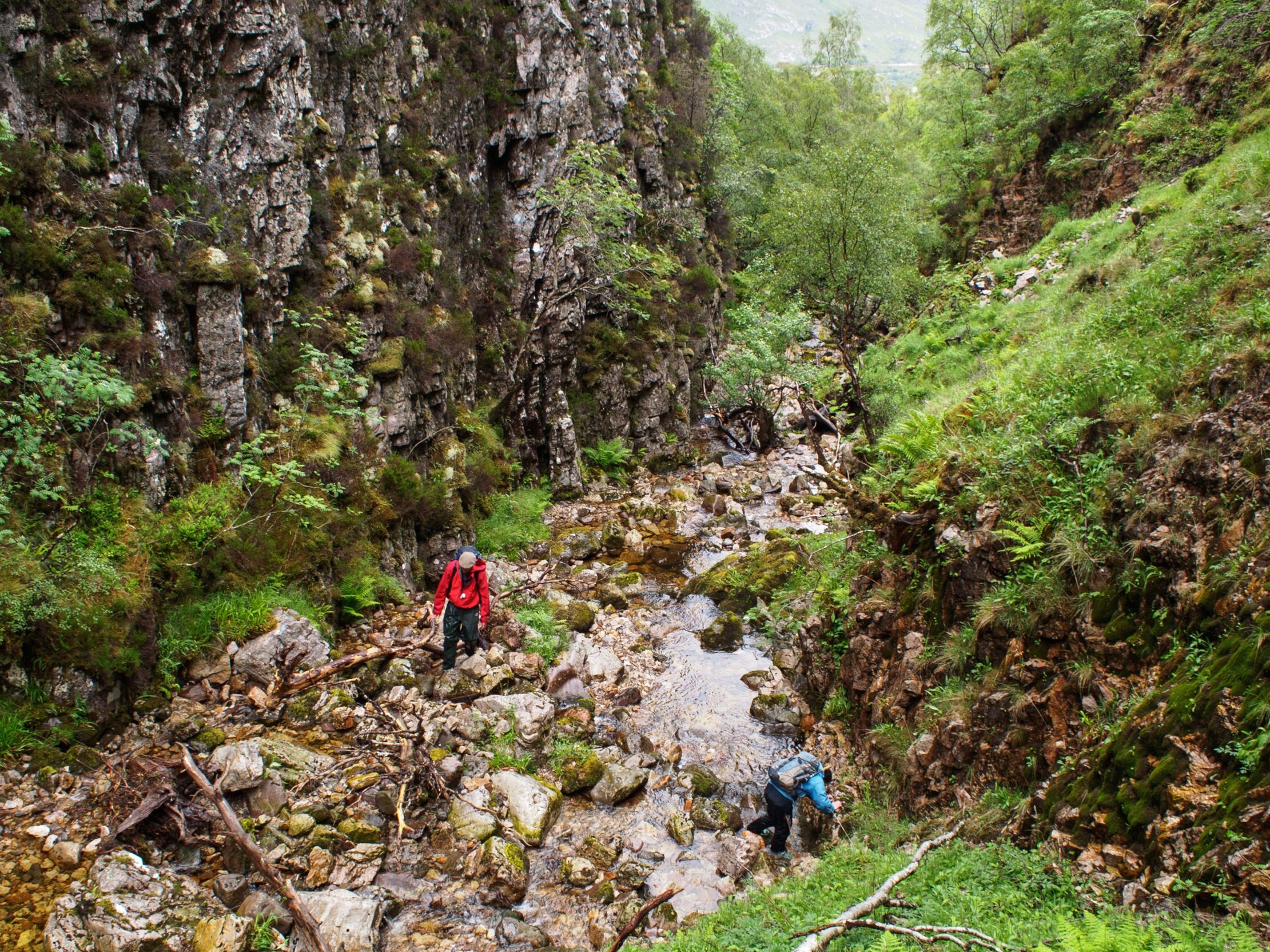
Ravines like this one at Beinn Eighe National Nature Reserve provide ideal conditions for bryophytes and lichens. Credit Stan Phillips
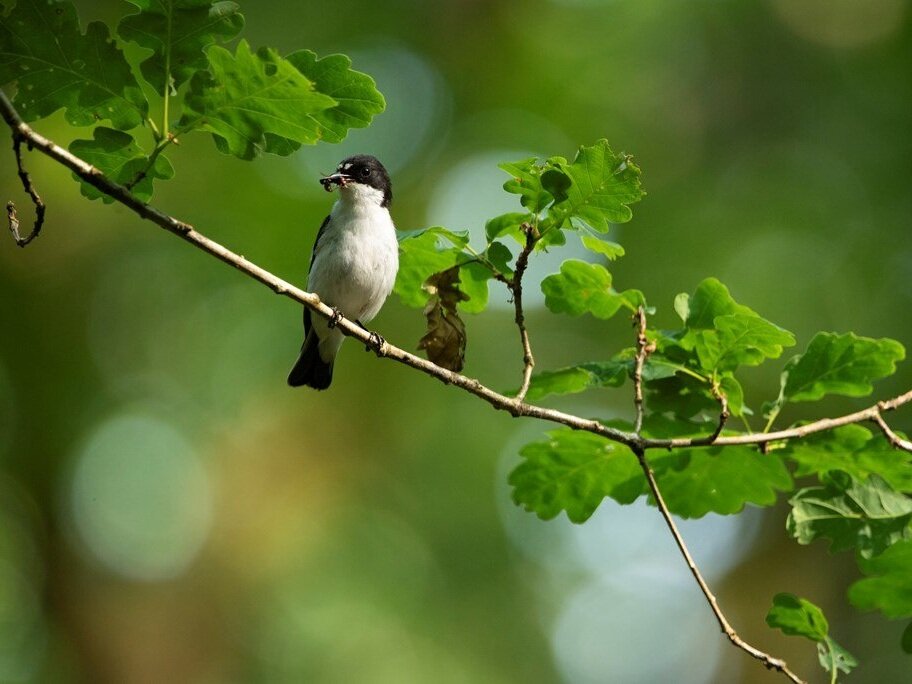
Pied flycatchers migrate from Africa to breed in the rainforest where there is an abundance of insects and plenty of nesting sites. Credit Ben Andrew (rspb-images.com)

Wood warblers are predominantly found in west coast oakwoods from April to Oct but their numbers are declining because of habitat loss. Credit Graham Goodall (rspb-images.com)

The magical nature of Scotland's rainforest is the perfect location for storytelling. Credit Bill Baillie / Plantlife

What could be better than the view from the canopy of a veteran oak tree? Credit Stan Phillips.

The pearl-bordered fritillary has declined by 95% in the last 40 years. It favours rainforest clearings rich in common dog violet, which it feeds on as a caterpillar. Credit Peter Eeles / Butterfly Conservation

Scotland’s rainforest is vital for our people, wildlife and climate. But don’t just take our word for it.
Banner image: Ariundle National Nature Reserve, credit Lorne Gill / NatureScot



